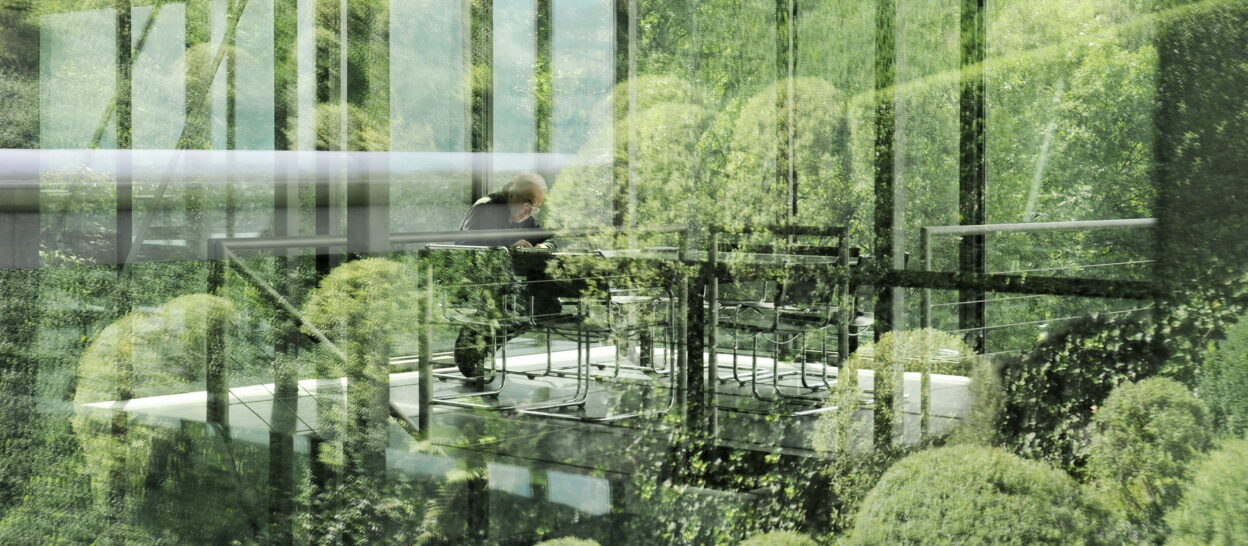
Architecture
Our aspiration for architecture is nothing less than to adopt an attitude towards our own as well as future generations. That is why we develop materials and design elements on the basis of integral planning and organisational processes – always with a view to current and future forms of human life.
The question we have to ask ourselves is not “How have we lived and worked?” but “How will we live and work?”
The answer to this requires the greatest possible anticipation of what is to come, a capacity for conditional foresight, as it were. Certainly a path that occasionally leads in the wrong direction, but in terms of our intellectual capacities, we find it the only legitimate one.
Or, in the words of Hegel: “…that the fear to err is already error itself”.
In the search for a “constructional language” appropriate to both today and tomorrow, our office began very early on to break up traditional service concepts and replace them with a comprehensive interpretation of the term “engineering”.
Our understanding of “engineering” is essentially characterised by an expansion of the term “supporting structure” to include an object of utility (“everything bears”). This includes a high design quality of all load-bearing components as well as the use of alternative materials and construction methods.
A Good Planner Should Possess Interdisciplinary Knowledge
Especially in the case of light and transparent constructions, architect and engineer have to “speak the same language”, which requires a high level of quality of cooperation and mutual understanding.
We are convinced that every good planner, whether architect or engineer, should have an interdisciplinary knowledge. This can include disciplines such as textile technology and bionics to haute couture and aircraft construction.













